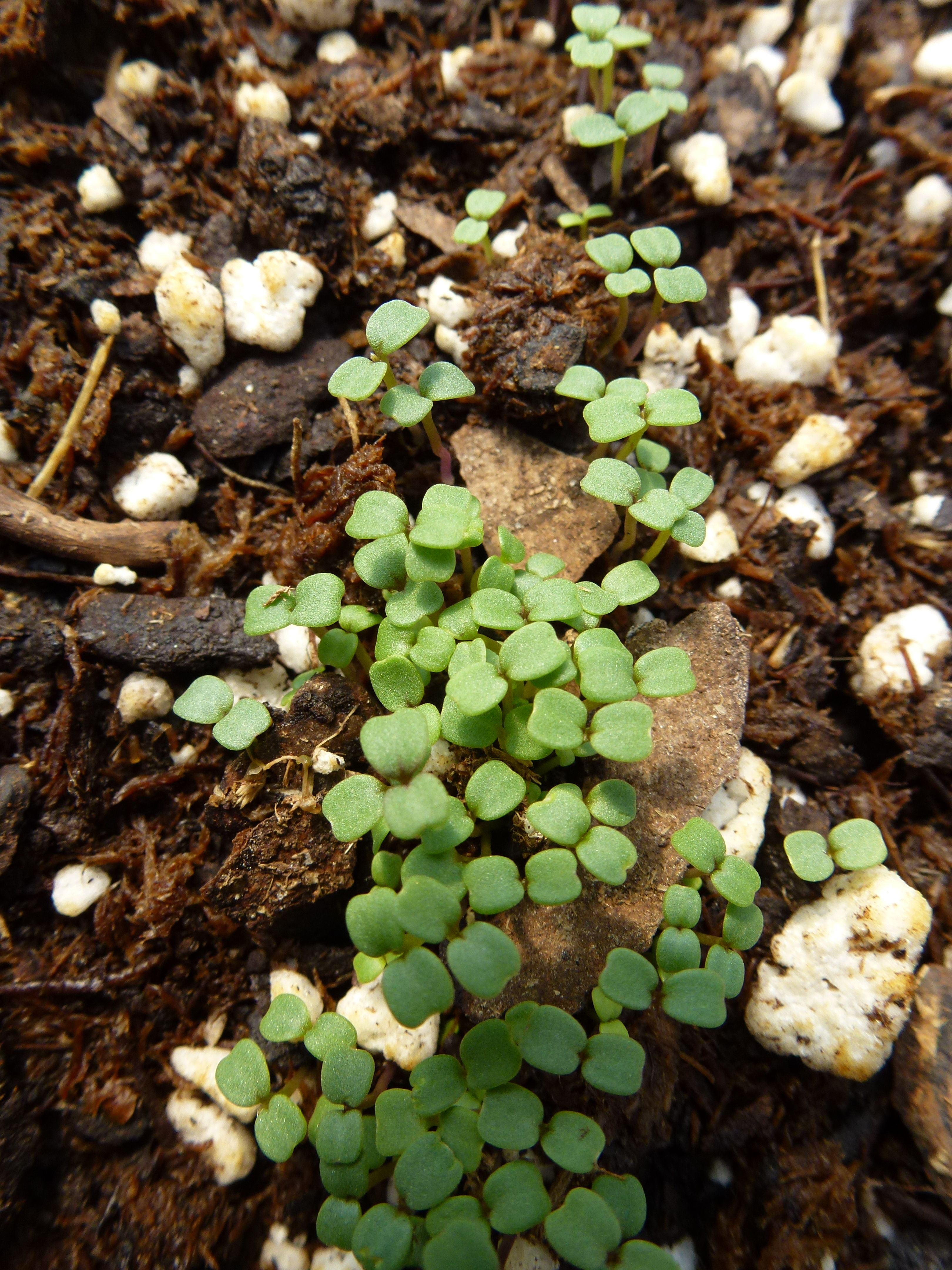
There are certain herbs that you need lots of-for instance, one plant of cilantro or dill would just barely be enough for one meal. See here, how easy it is to sow your own annual herb seeds so that you can have continuous growth and harvest throughout the growing season. Get a jumpstart on this year’s garden. Arugula, chervil, cilantro, dill, parsley (biennial), and nasturtium are just a few of the healthful and tasty herbs which you can start in flats so that you will have plenty to harvest.
If you haven’t grown plants from seed before, it is a fairly easy and very rewarding project. When growing herbs from seed, I recommend trying to grow annuals for some of your first experiments. Arugula, basil, chervil, coriander, dill, parsley, and summer savory can all be sown in the same manner. Most of us tend to need a larger quantity of annual plants then perennials; for instance, we grow a row of basil in our gardens and sow whole packets of cilantro and dill at once, but we might only have a one or a few sage or rosemary plants. So when sowing perennials, the home gardener probably won’t need to sow as many perennial seeds as annuals.
Anywhere from 6 to 100 seeds might come in a single seed packet depending upon what it is. I often order seeds with others and share packets-since most of us don’t need 50 habanero or parsley plants. Remember that you do not have to plant the whole pack-you can do just a row in a flat or even just a few seeds in a few market packs or pots.
Indoors, start the seed in flats or small plastic pots that are brand new, or if used, they need to be scrubbed clean and dipped in a 10% bleach solution. Prepare these by filling them with a seed-starting mix like Promix ™ which is a soilless potting medium, or make your own by combining equal parts spaghnum peat with perlite or vermiculite. Dampen this medium thoroughly before sowing seed. It should not be soaking wet. Place two or three seeds in each pot or make rows in a flat. Seeds planted in rows, rather than scattered, have fewer problems after germination because of improved air circulation. Cover the seeds lightly with a thin layer of dampened potting mix. Cover germinating flats with a plastic dome or plastic wrap to preserve moisture. Be sure to put tags in the flats so that you know what you are growing, or keep a notebook with a sketch. I make notes in my gardening journal of when I sow seed, days they germinate, when I transplant, etc.
Most seeds germinate in a warm dark, place, so a heat mat is very useful but not absolutely necessary for germinating seed. They should sprout in a week to ten days; some sprout in a few days while others like parsley may take longer. For instance, some lettuces might germinate in two days, while some chile peppers take more than two weeks. So be patient. Once your seeds have germinated, move them to the light. I use grow lights early in the season; a twin-tube fluorescent grow light will speed sturdy development, but a sunny window or cold frame will suffice.
Water with a fine mist. The soil should be kept evenly damp but not wet, and never allowed to dry out. You can tell when the flats need water by the color of the medium and the weight of the container. Take care not to over water or the plants may rot at the soil level.
When the seedlings are one to two inches tall, fertilize them lightly; I use kelp/fish emulsion. Once they reach three or four inches in height, and possess two to four true leaves, they may be transplanted into pots for further development, or into the garden.
I have always had lush, healthy herbs, flowers and vegetable plants without any pesticides, other than occasional sprays of Safer’s Soap™, Neem, or a garlic-chile pepper spray.
Sow some annual herb seeds next week-we are still in the 4th quarter root moon right now, however as soon as we have the new moon on Monday the 11th, it will be time to sow above-ground crops-so get your seeds and flats ready!
Fine Gardening Recommended Products
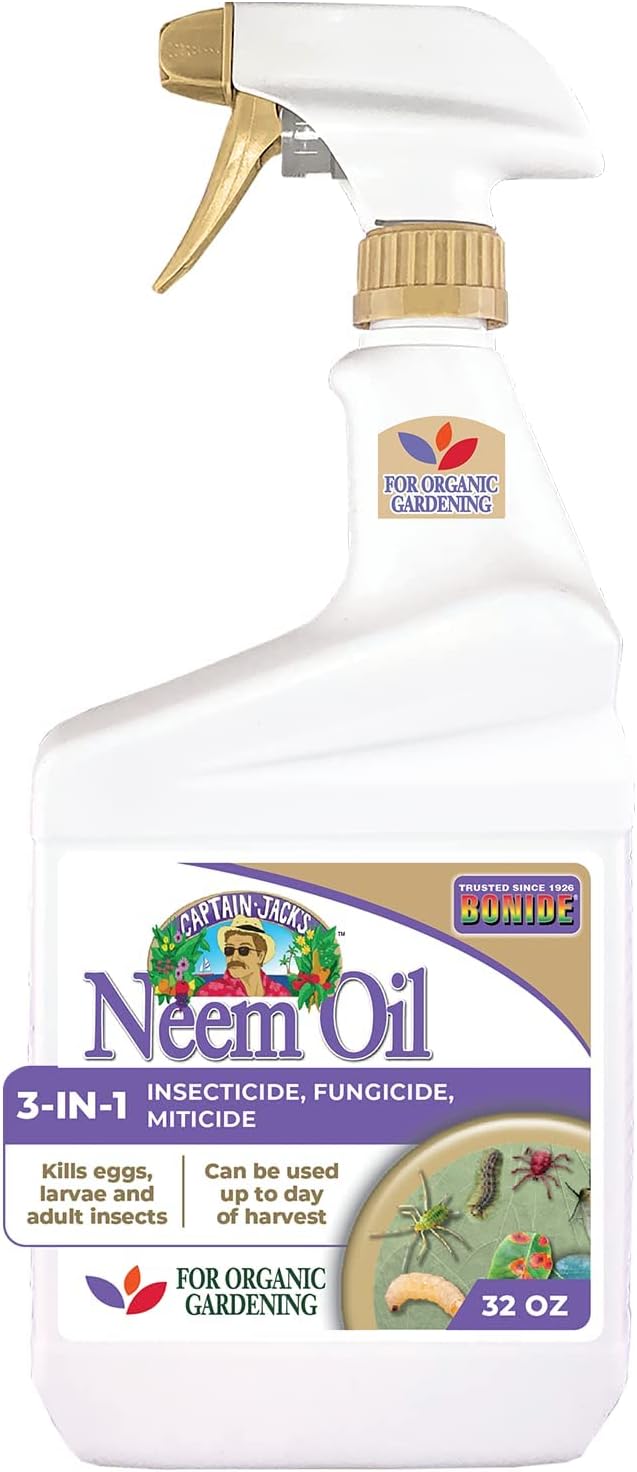
Bonide Captain Jack's Neem Oil, 32 oz Ready-to-Use Spray, Multi-Purpose Fungicide, Insecticide and Miticide for Organic Gardening
Fine Gardening receives a commission for items purchased through links on this site, including Amazon Associates and other affiliate advertising programs.

Razor-Back Potato/Refuse Hook
Fine Gardening receives a commission for items purchased through links on this site, including Amazon Associates and other affiliate advertising programs.

Ho-Mi Digger - Korean Triangle Blade
Fine Gardening receives a commission for items purchased through links on this site, including Amazon Associates and other affiliate advertising programs.


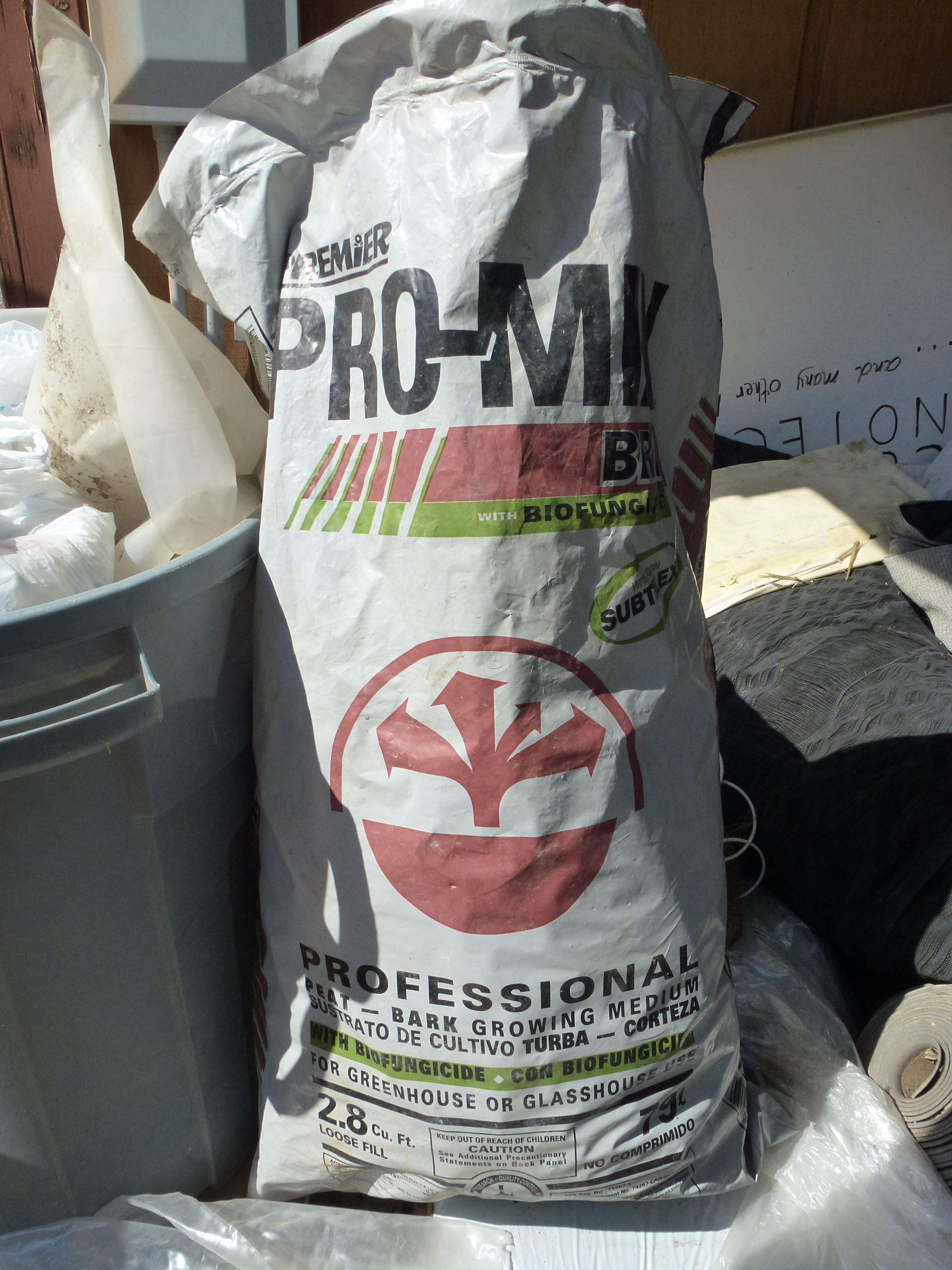
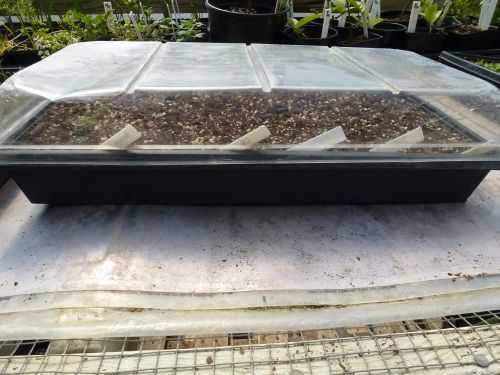
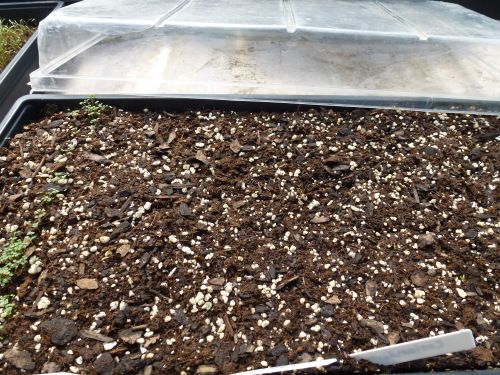
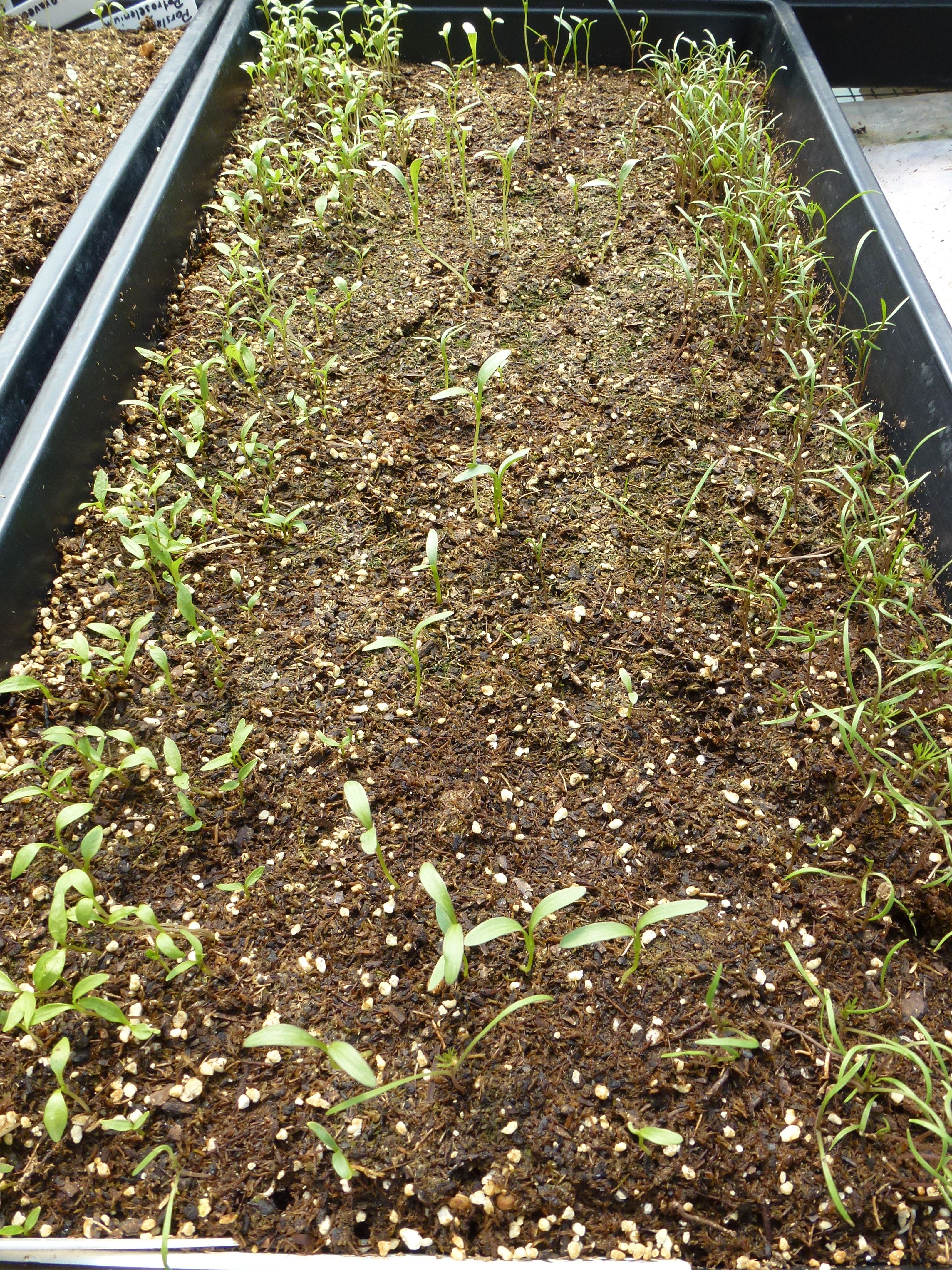
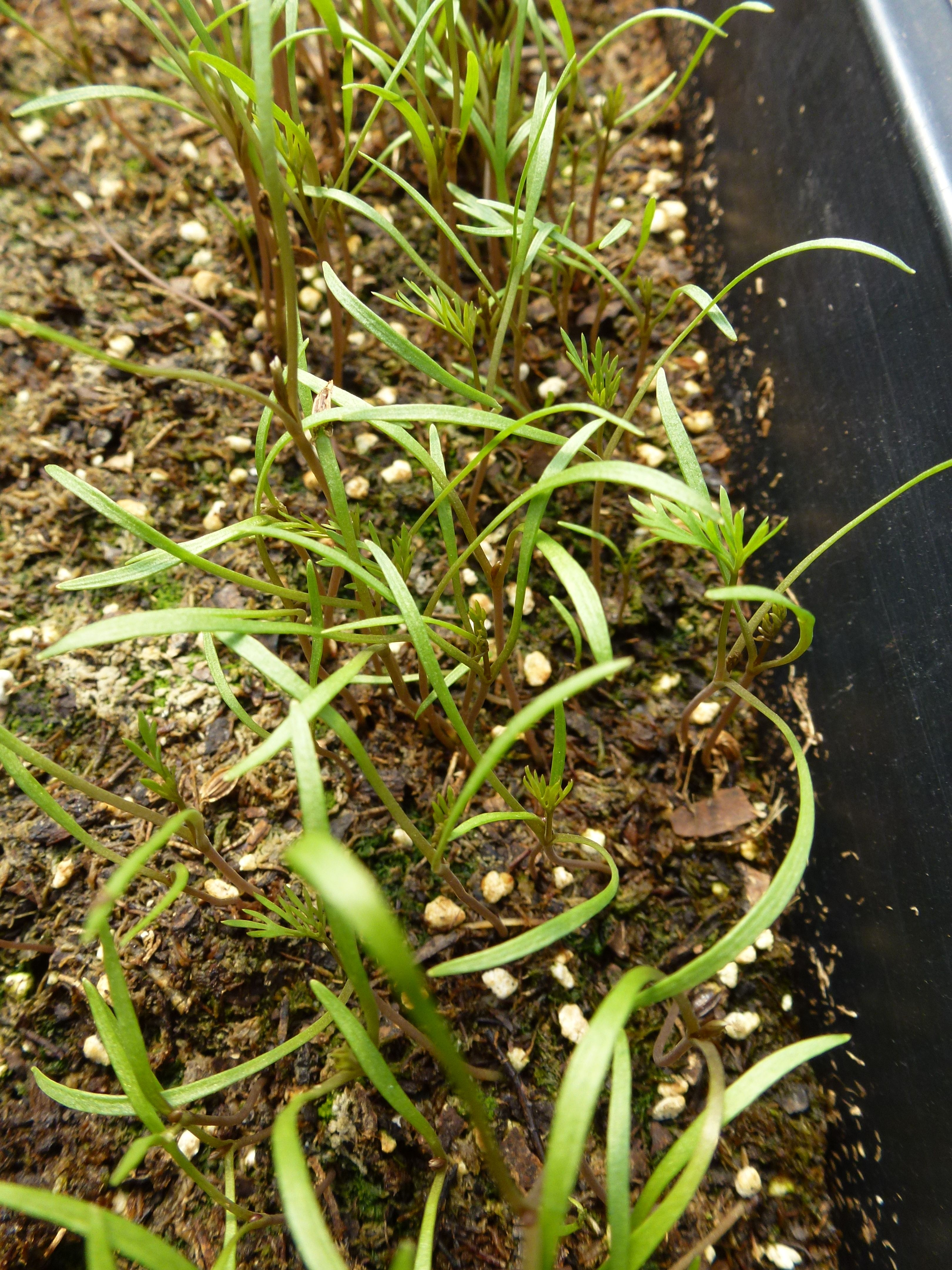
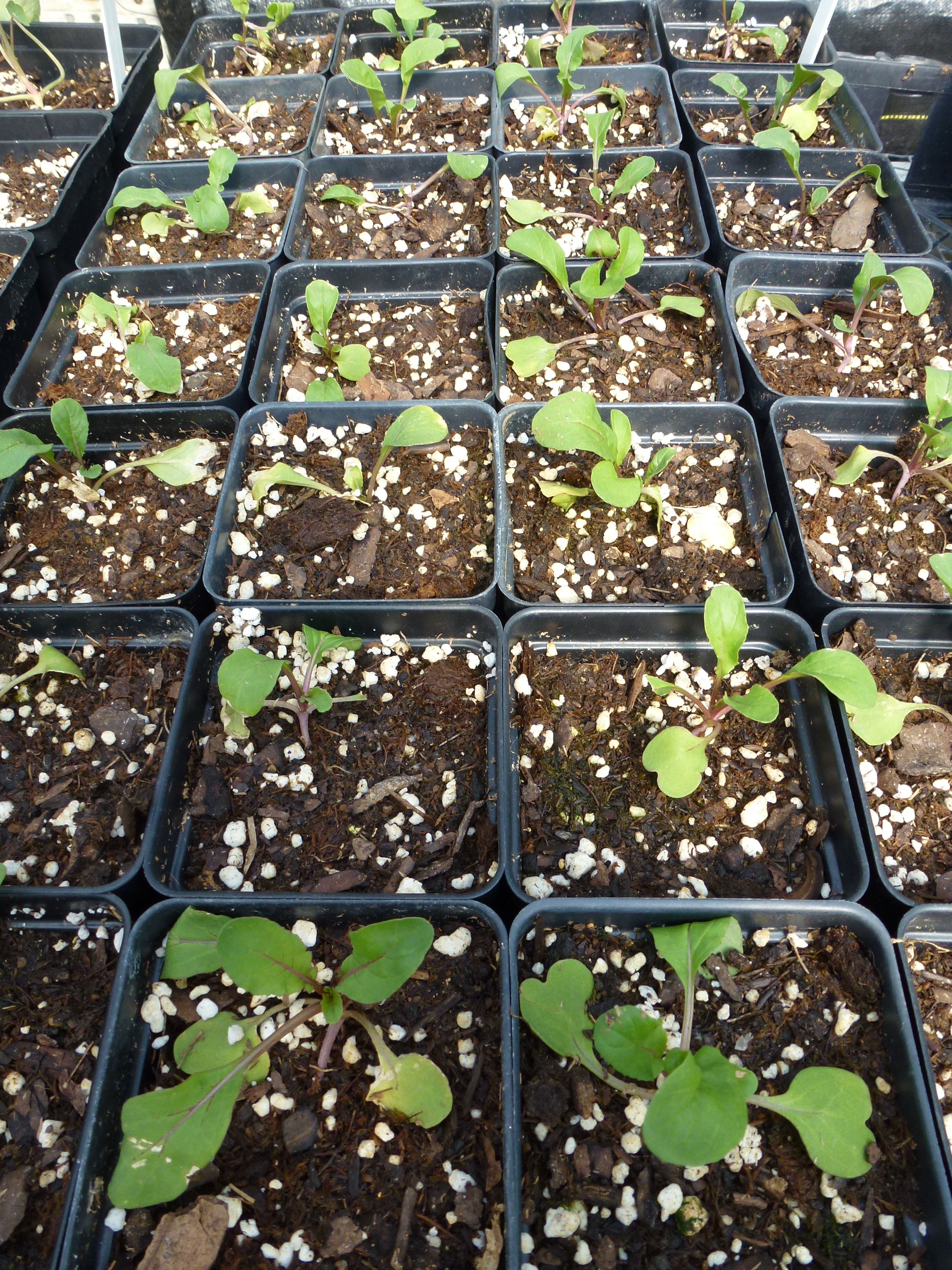

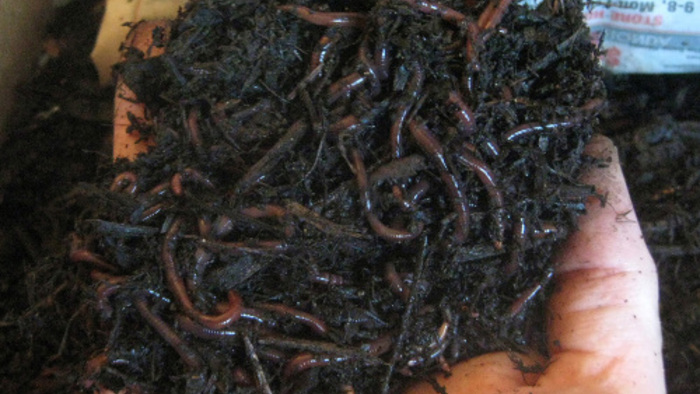
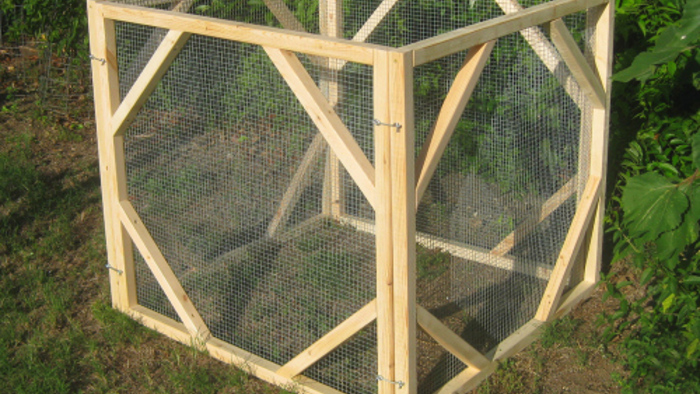


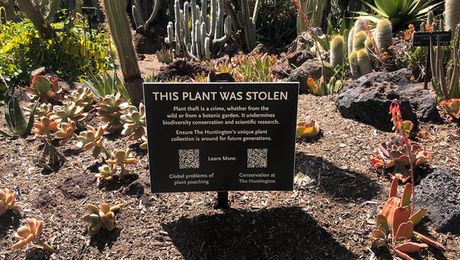











Comments
Log in or create an account to post a comment.
Sign up Log in